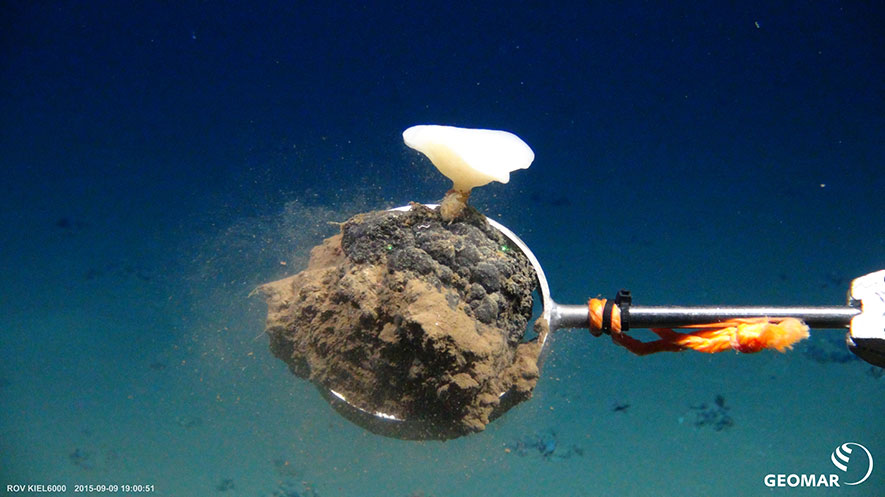A new paper published in the journal Frontiers in Marine Science explores topics relating to the exploration and exploitation of seabed mineral resources, including the current state of development, possible environmental impacts, and the uncertainties and gaps in scientific knowledge and understanding about such impacts.
The team of researchers from University of Exeter also considers the current regulatory state, jurisdiction, regulatory challenges, and whether there are “alternative approaches to the management of existing mineral reserves and resources, which may reduce incentives for seabed mining.”
They write, “Rising demand for minerals and metals, in tandem with the depletion of land-based resources, has led to a surge of interest in marine mineral resources. Although no commercial scale deep-sea mining has taken place, a range of mining operations are active in the shallow seabed. However, exploration contracts for deep-sea resources have been awarded to companies from countries including China, the United Kingdom, Belgium, Germany, France and Japan for three different mineral resources: seafloor massive sulfides (SMS), ferromanganese crusts and polymetallic nodules.”
According to the paper’s abstract, such seabed resources, as well as gas hydrates, “cannot be considered in isolation of the distinctive, in some cases unique, assemblages of marine species associated with the same habitats and structures. . . Many of the regions identified for future seabed mining are already recognized as vulnerable marine ecosystems (VMEs).”
They note that “the International Seabed Authority (ISA), charged with regulating human activities on the deep-sea floor beyond the continental shelf, has issued 27 contracts for mineral exploration, encompassing a combined area of more than 1.4 million km2, and continues to develop rules for commercial mining. At the same time, some seabed mining operations are already taking place within continental shelf areas of nation states, generally at relatively shallow depths, and with others at advanced stages of planning. The first commercial enterprise, expected to target mineral-rich sulfides in deeper waters, at depths between 1,500 and 2,000 m on the continental shelf of Papua New Guinea, is scheduled to begin early in 2019.”
The authors specifically discuss the lack of (and need for) proven mitigation techniques and uncertainties about the recovery of deep-sea biota, and they add that “there is an absence of baseline data from potential mining sites because only a fraction of the ocean has been studied in depth due to the logistical complexity and financial constraints of accessing the deep sea.”
The full paper is available here.





